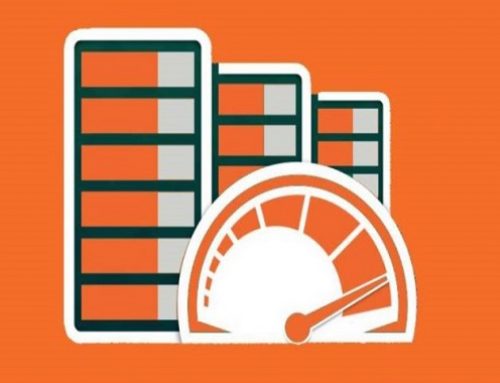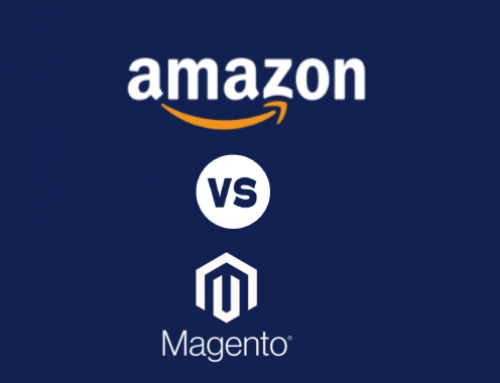All About PWA’s
Jan 15, 2020 | 06 min read
2. Progressive Web Applications are
Reliable
A PWA should start and provide users with meaningful content irrespective of network conditions. Offline usability may vary on the software – some programs will run completely offline, while others present substantial placeholder information that alerts the client that they are offline. The software should not be disabled or unresponsive in any case.
Responsive
Adapting progressive web applications to different screen sizes and guidance should ensure the user experience is great for all users. A responsive model means that your software fits for emerging devices in the future.
Engaging
Native apps have historically been much more appealing than web applications. With a button on the Home screen it is easy to access the device and push notifications will assist users and notify users with important information. Users are now able to gain the same advantages of Progressive Web Applications.
Secure
The technology to power PWA needs applications to operate with HTTPS. Progressive Web Apps are protected by default.
3. Why build a PWA?
The cost of developing, testing and maintenance of software across several platforms is excessive for many companies, particularly those creating apps for internal usage. Gartner estimates that up to 20% of companies will give up their mobile applications next year. We believe instead that PWA is going to become a more viable alternative.
4. One app, every platform
Progressive Web apps allow you to provide user experiences that compete with native apps without developing different teams and deal with the delivery of binaries and updates. You will deliver better UI/UX by concentrating the work on building a single app.
The biggest hitters: Google and Microsoft, were pioneers of PWA technology. All Android devices are PWA supported and multiple applications from its next generation such as Outlook and Teams are built by Microsoft as PWA. Apple also provides support for Safari 11.1 and iOS 11.3.
5. Who is already using PWA?
While new technologies are used by innovative web apps, they are already commonly in use in the industry. Some of PWA’s main exhibitions are:
- Forbes
- LYFT
- Uber
- Starbucks
- The Washington Post
6. Great for all, awesome for most
PWA is very important because even if all browsers don’t support the technologies behind it, you can implement them without worries.It is due to the progressive nature of all technologies. It ensures that users with support for PWA can receive an enhanced experience, but all clients receive a great basic experience.
Most companies, including Alibaba, have in reality shown that concentrating their resources on a PWA application just improves sales and average orders rather than independent indigenous applications.
PWA is very important because even if all browsers don’t support the technologies behind it, you can implement them without worries.
7. How are PWAs different than normal web apps?
What is the difference between a progressive Web App and a normal web application? Luckily, much of what is required for a PWA, such as responsive website design, you probably already do. In addition to what you can use, PWA relies on a few new technologies. The following are:
-
Web App Manifest
A JSON file describing the app for the browser is The Web App Manifest. It defines the name, colours, icons and how the application should be run if the device is installed. The development of a JSON file and its link from your HTML document is so easy. The manifest file can be connected to the browser from several pages so that all of them make up a single app. -
ServiceWorker
You need a ServiceWorker to provide the majority of functions we use with PWA. The service worker is a JavaScript worker script that sits between your application and the network. With that, you can intercept and manage any network requests so that even in poor network or offline situations your application can work reliably. The main cases of use for the ServiceWorker are static assets caching and network queries for fallback functionality once they crash.ServiceWorker is an event driven which, even when the client is not on a page will wok up by the app if required. Which allows you to assign users with push alerts of major events such as delivering an object or sending a message to a client. It can not execute functions on its own and consume resources on your computer because it is powered by events.
8. PWA advantages over native and hybrid apps
Progressive web applications often linked to hybrid and native applications, as they have many of the same functions. There are benefits for each strategy.
-
Cost of development and distribution
One of the most important causes for companies to create web applications or hybrids over native applications is cost. By concentrating on the internet you can create an app that works on all platforms. This means that teams with different skill sets need not be maintained. You don’t have to worry about distribution of binaries and retention of compatibility in your APIs because there is only one version of the application. -
Poor conversion and friction
All hybrid and native apps are delivered primarily through centralized application stores. It means that users either need to browse through the store for your software – which is impossible if you are not among the top 20 applications in a given category – or need to persuade users to install your application once the users find it on the Web.It is generally known as friction when trying to persuade a client to download an application. This is the effort required to take all steps to find an app in the app store, press install, authenticate, accept permission controls, wait for the application to be downloaded and finally open it once installed. For each move between a prospective consumer and the application the conversion decreases by around 20 per cent. It implies apps that have to be downloaded via an app store will typically have converts of about 25% for potential consumers.Progressive web applications have an important advantage over native and hybrid applications as they are so easily accessible and are able to use them instantly if anyone finds your application or is given a link to it. -
Network resilience
Reliability is another factor that drives firms to build hybrid and native applications. At least if a user tapes its icon, whether they’re online or not, they’re expecting the application to open. Web applications in the past have struggled to do this. The website was not designed for offline situations initially. Native apps, on the other hand, are built using technologies and techniques specifically designed for computers which are often insecure or lose access to the network.Since ServiceWorker’s launch, web applications were now able to manage their own network access. Which ensures web app designers may determine what resources to archive for their specific application and how to manage sluggish or disconnected network scenarios. -
Device API access
Native and hybrid applications have given much more device hardware access to developers than web-based applications. Although for some hardware, this is still true, the web has come a long way. It is now possible to access 3D acceleration, accelerometer, tracking, camera and all sorts of other APIs. A good overview of the APIs at MDN is available. -
User engagement
Up until now, web applications were very bad at engaging consumers. A comScore report shows that people are visiting about 5 times more websites than applications on their mobile phones in a given month, but spend nearly 20 times more time on apps.Native and hybrid apps benefit from having easy access directly on the home screen. When important events occur, you can send user notifications. Now the Web can do the same with Progressive Web Apps. -
It all boils down to user experience
Ultimately, Progressive Web applications will enable you to make efforts to construct one truly excellent application rather than spread your effort over two or three platforms.PWAs won’t suit all applications, but they will provide better end user experience with low friction at a fraction of the development costs of a native application for most business applications.







